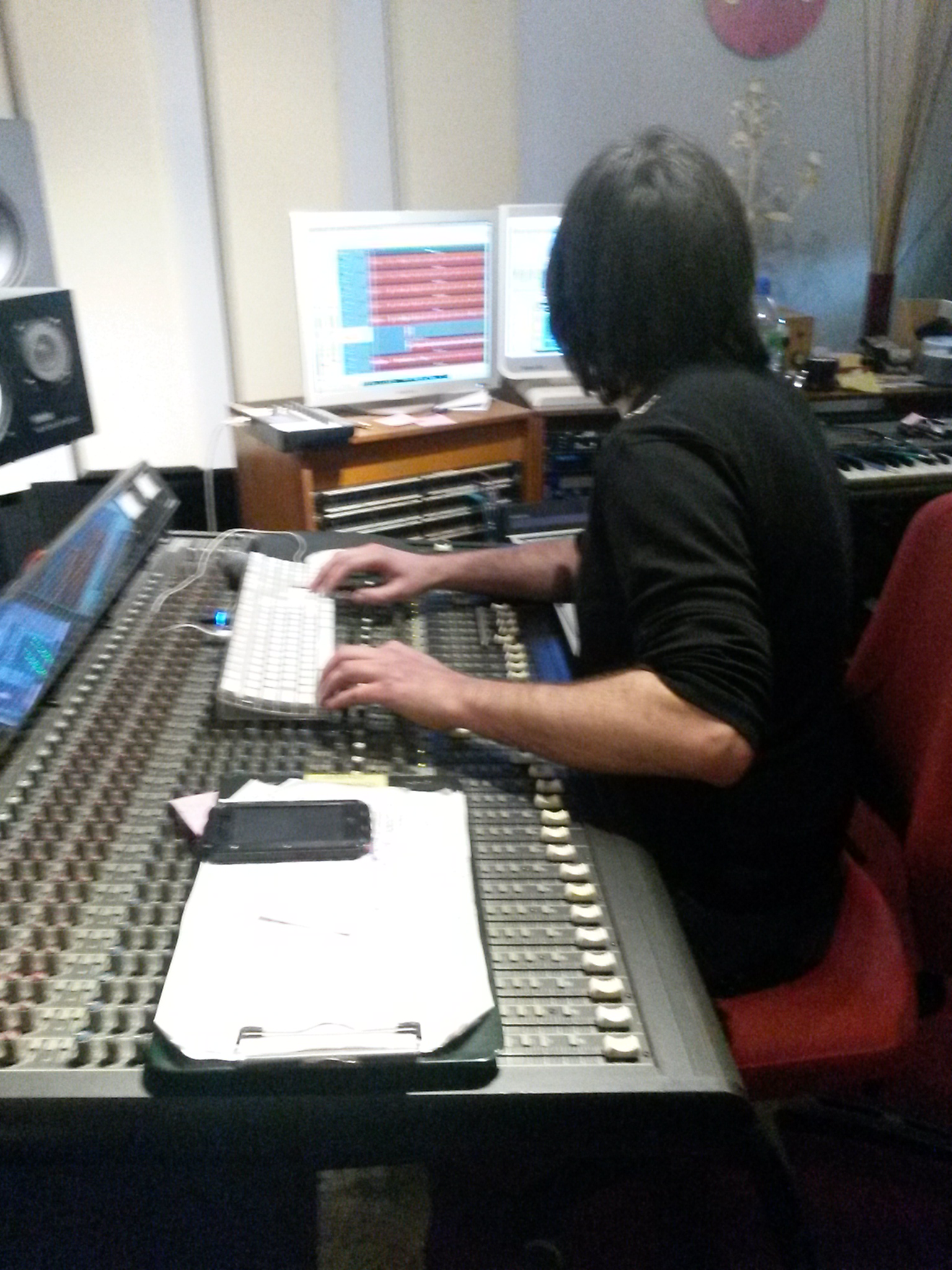
Audio mixing tips
The recording sessions are done and dusted, and it’s time to sculpt your final mix.
Mixing is an art form in itself and is best placed in the hands of a specialist if you can afford it.
0208 883 9641
Whether you are finishing off a working mix or coming to our studio and starting with a bunch of stems loaded into a new system, always begin with the basics and work up from there. By that we mean to start with the solo’d drums and balance them properly against each other to get the kit sounding just right. Then unmute the bass and work on its interaction with the drums. From there, start to introduce more and more elements into the mix one at a time.
Watch out: Excessive low-end is probably one of the most common problems in mixes coming from project studios. Usually, this is directly related to the mixing environment. The average home studio or project room is lacking in real acoustical treatment is and rife with reflective surfaces and bass traps. The result is an uneven response across the bass spectrum, with some notes being overemphasized and others being practically inaudible. This translates to a poorly balanced low end in your mix.

Have you ever listened to a really dense piece of music and wondered: How did the producers and engineers make it possible to hear every note from each instrument? Well, the answer might be simpler than you think: panning. Even if you don’t perform with a band, you can use audience perspective and complementary panning to create a spacious mix. Because of the way humans hear sound in stereo, panning is actually a more powerful mixing technique than volume. Once you have the tracks panned in the stereo field, you’ll be amazed at how easily you can hear each and every note, with nothing getting lost in the mix.
We offer online and in-house mixing and mastering. Check our prices here.





